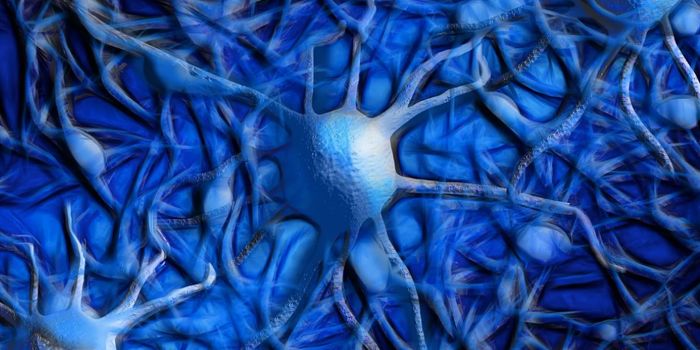Formaldehyde is a very common chemical in our natural and indoor environments. It’s often used in the manufacture of wood products like flooring, auto parts, and lots of common household items including some personal care products. It's also naturally occurring at low levels. It is a chemical that poses significant risk to human health; it can damage DNA, disrupt cell replication and is a carcinogen. A new report published in the American Journal of Pathology indicates that formaldehyde is even more dangerous than previously known; it can cause cell death by damaging protein. You can learn more about formaldehyde and how to reduce the level of it in your home in the video below.
"We think formaldehyde is a much more dangerous toxicant in the sense that it is not only damaging DNA but there is also extensive damage to proteins," said corresponding author of the study, Anatoly Zhitkovich, Professor of Pathology and Laboratory Medicine in the Warren Alpert Medical School of Brown University. "On one hand, damage to proteins in the nucleus could impair the stress responses to and repair of DNA damage, and on the other hand accumulation of damaged proteins could contribute directly to malfunctioning and killing of cells."
The team led by Zhitkovich demonstrated that when three different kinds of human lung cells are exposed to formaldehyde, the cells had a reaction that was similar to exposure to extreme heat. Clearly, there was a buildup of damaged proteins. The cells were exhibiting massive amounts of polyubiquitination - a way for cells to tag proteins for destruction before they can accumulate. After the polyubiquitination occurred, a heat shock response was mounted by the cell, which is another attempt at a clean up. Finally, the majority of the cells died, in spite of the efforts to mop up the damage. In one experiment, the researchers took one of the heat shock proteins out of commission; the cells were then even more likely to perish.
In control cells that were not exposed to formaldehyde, neither the massive polyubiquitination nor the heat shock response was seen. In another type of control experiment, cells were treated with substances known to be damaging to DNA, but not proteins. That also did not induce the heat shock or polyubiquitination response.
Zhitkovich suspects that these results could explain why formaldehyde is disruptive to the nervous system. Since neurons don’t divide, their DNA isn’t vulnerable to harm in the way that other cell type are. However, neurons are very susceptible to the accumulation of damaged proteins, something that is a feature of Alzheimer’s disease, for example. Zhitkovich notes that formaldehyde can negatively impact brain functions like learning and memory.
While the team plans more work in the future to investigate how formaldehyde affects neurons, this study has importantly established that the chemical’s effects are not limited to DNA, but also hurt proteins. "Cells are dealing with two injuries instead of just one," Zhitkovich said.
The following video has even more tips on reducing your exposure to formaldehyde.
Sources:
Science Daily via
Brown University,
American Journal of Pathology








